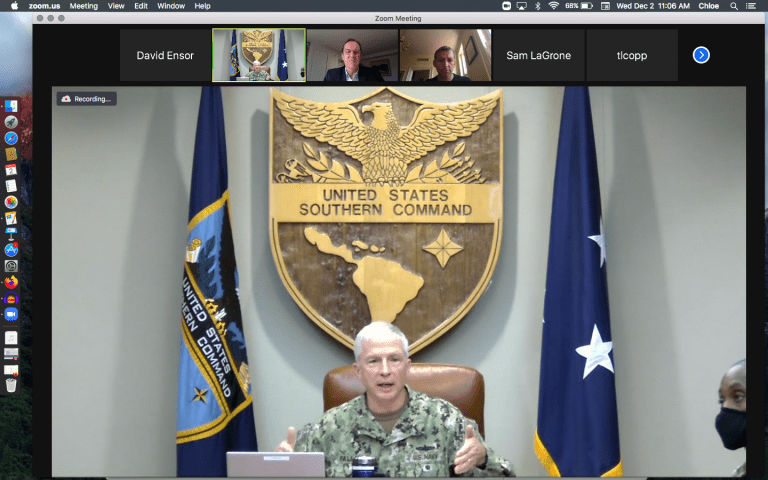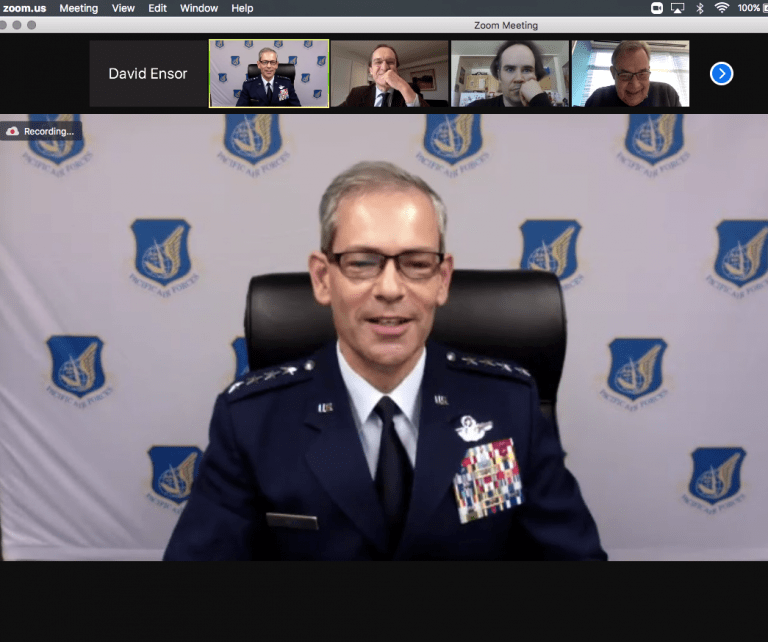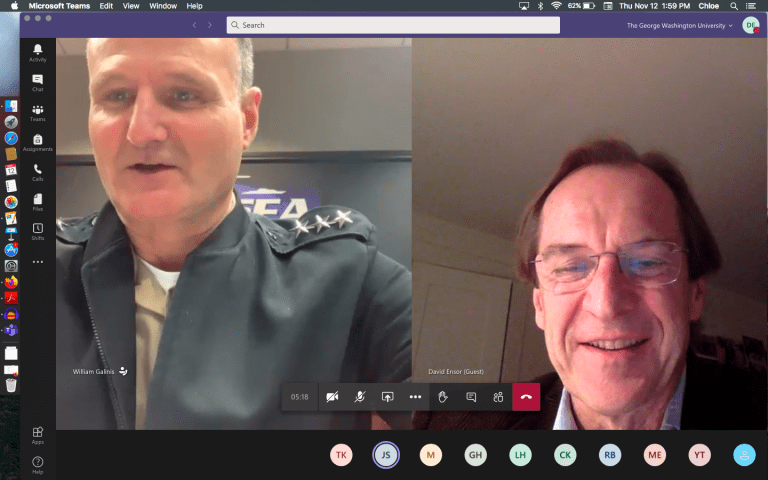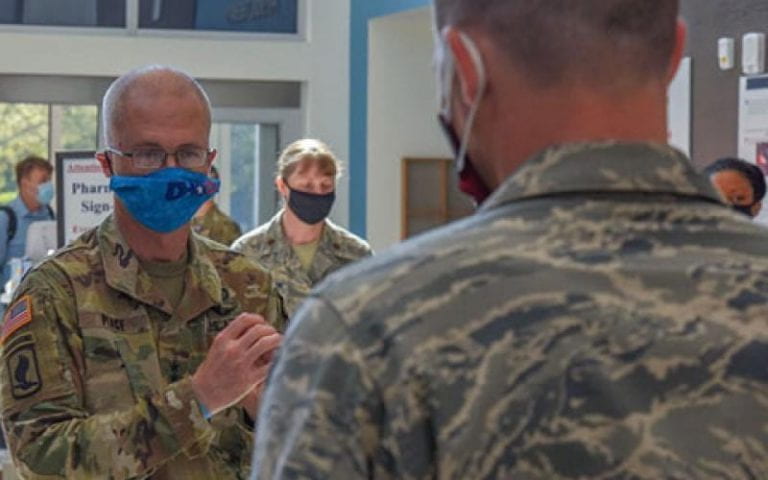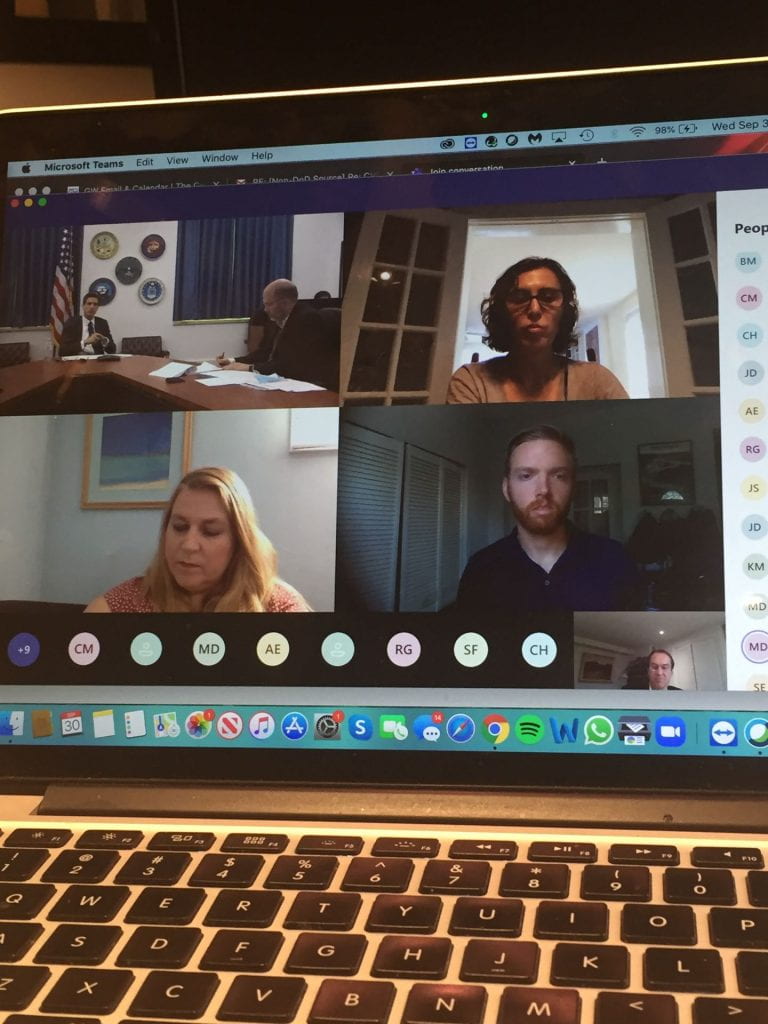By Michael R. Gordon and Ian Talley from the Wall Street Journal
December 2, 2020
Top U.S. military commander for Central and South America cites ‘alarming and concerning’ presence of elite Quds Force
WASHINGTON—Iran has sent arms and dispatched paramilitary operatives to help Venezuela President Nicolás Maduro maintain his hold on power, the top U.S. military commander for Central and South America said Wednesday.
“We see a growing Iranian influence in there,” Adm. Craig Faller, the head of the U.S. Southern Command, told reporters, citing the “alarming and concerning” presence of military personnel from the elite Quds Force of Iran’s Islamic Revolutionary Guard Corps. Tehran has used the force to support Syrian President Bashar al-Assad and other foreign allies and proxies.
Iran’s and Venezuela’s missions to the United Nations didn’t immediately respond to requests for comment.
Iran is just one U.S. adversary backing the embattled Venezuela leader. Thousands of Cubans have been “basically owning” the country’s intelligence service and guard force that protects Mr. Maduro, Adm. Faller said. Hundreds of Russians have also been instrumental in providing support to “keep key elements of Maduro’s military just ready enough,” he added.
Adm. Faller’s comments on Iran come amid rising tensions between Washington and Tehran and represent a rare instance in which a senior U.S. military official has publicly accused Iran of shipping arms to Venezuela.
The U.S., he said, has expended considerable effort trying to distinguish between humanitarian cargo and shipments that run afoul of international sanctions aimed at undermining Mr. Maduro’s grip on power.
“We’re concerned about what we see…It’s not just oil shipments, it’s arms shipments as well,” he said. “We saw an uptick in that this year. We are watching the rate of change very carefully.”
Adm. Faller didn’t specify the arms that the U.S. says are being provided. In September, the State Department sanctioned an Iranian defense unit it said had ties to the Maduro regime, in what U.S. officials said was an attempt to deter sales of conventional weapons, including military jets, boats and tanks.
Iran and Venezuela have long shared diplomatic ties, but the Trump administration’s economic sanctions against the two countries encouraged them to strengthen relations.
Battered by the Americans’ “maximum pressure” campaign, Iran has been desperate to sell its petroleum products. U.S. and international sanctions against Venezuela have made that country an eager buyer.
Tehran has been swapping its fuel for Venezuela oil, which it has sold through the black market, U.S. and Western officials say. Iran has also been paid in gold from Venezuela’s vast deposits, proving Tehran with a commodity that is difficult for sanctions monitors to track, they said.
The U.S. has disrupted some of those fuel shipments, but Venezuela analysts say deliveries continue. The flotillas are often accompanied by Iranian naval vessels, including an intelligence ship that U.S. officials say has been used to transport missiles to Iranian proxies in the Middle East, according to U.S. officials.
Iran’s Mahan Air, an airline sanctioned by the U.S. for transporting men, money and arms for the terror-designated Islamic Revolutionary Guard Corps, has also restarted flights between the two countries, according to the company and flight-tracking data.
Earlier this year, an Iranian conglomerate owned by the country’s military and tied to its missile program established a retail foothold in Venezuela, according to Western officials and records detailing the move.
In addition to providing a potential avenue for evading sanctions, the retail link may be a way for Tehran to export military expertise and technology, U.S. officials say.
Another concern for the U.S. is that Iran might use its presence in South America and its ties to Hezbollah, the Lebanese militant group also operating in the region, to retaliate against the U.S.
“We’re real concerned about what Iran is up to, not just globally, but here in this hemisphere,” Adm. Faller said, adding that some members of the large Lebanese diaspora in South America had ties to Hezbollah.
Appeared in the December 3, 2020, print edition as 'Iran Arms Bolster Maduro, U.S. Says.'
Others:
NY Times: https://www.nytimes.com/2020/12/02/us/politics/coronavirus-southern-command-china-latin-america.html
Inside Defense: https://insidedefense.com/daily-news/southcom-eyes-program-record-persistent-surveillance-network
Aviation Week: https://aviationweek.com/defense-space/sensors-electronic-warfare/stratollites-show-promise-southern-command
National Defense: https://www.nationaldefensemagazine.org/articles/2020/12/2/commander-alarmed-as-china-makes-inroads-in-americas
ExBulletin: https://exbulletin.com/world/593103/
Washington Examiner: https://www.washingtonexaminer.com/policy/defense-national-security/trump-threatens-to-hold-defense-bill-hostage-in-his-war-with-social-media-platforms
Nach Welt: https://www.nach-welt.com/china-ist-bereit-als-erster-virusimpfstoff-in-lateinamerika-zu-vertreiben-sagt-us-beamter/
WTVB: https://wtvbam.com/2020/12/02/u-s-may-start-sharing-sensitive-intelligence-with-honduras-in-drug-fight/

